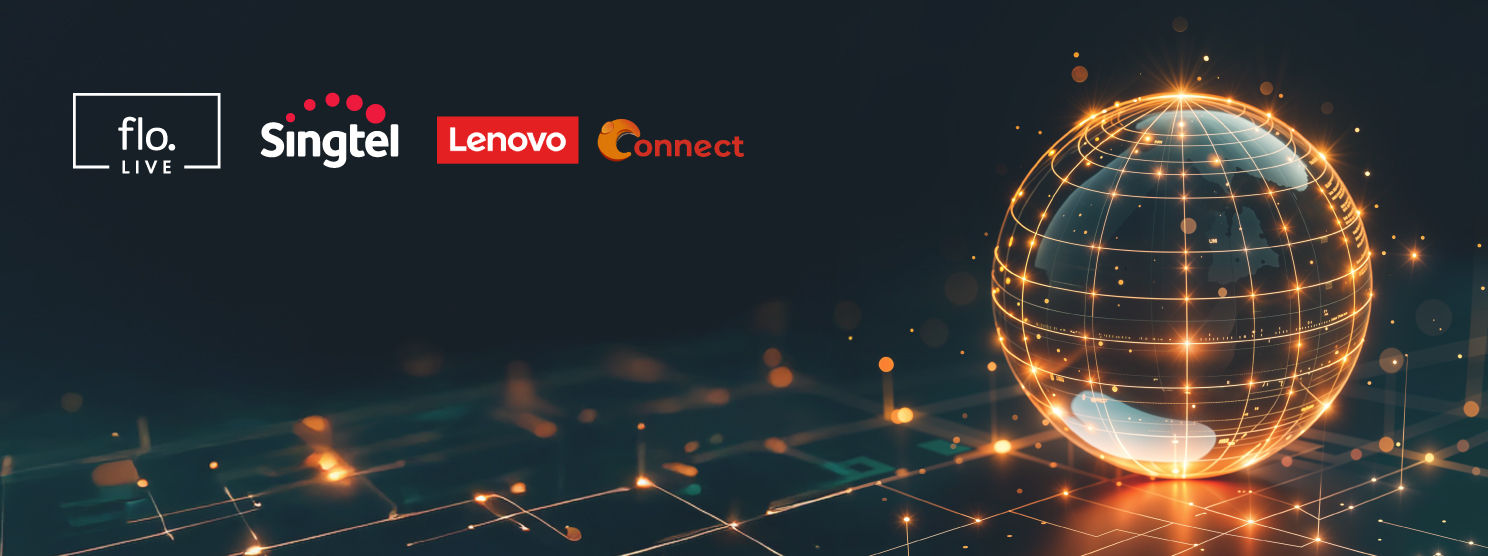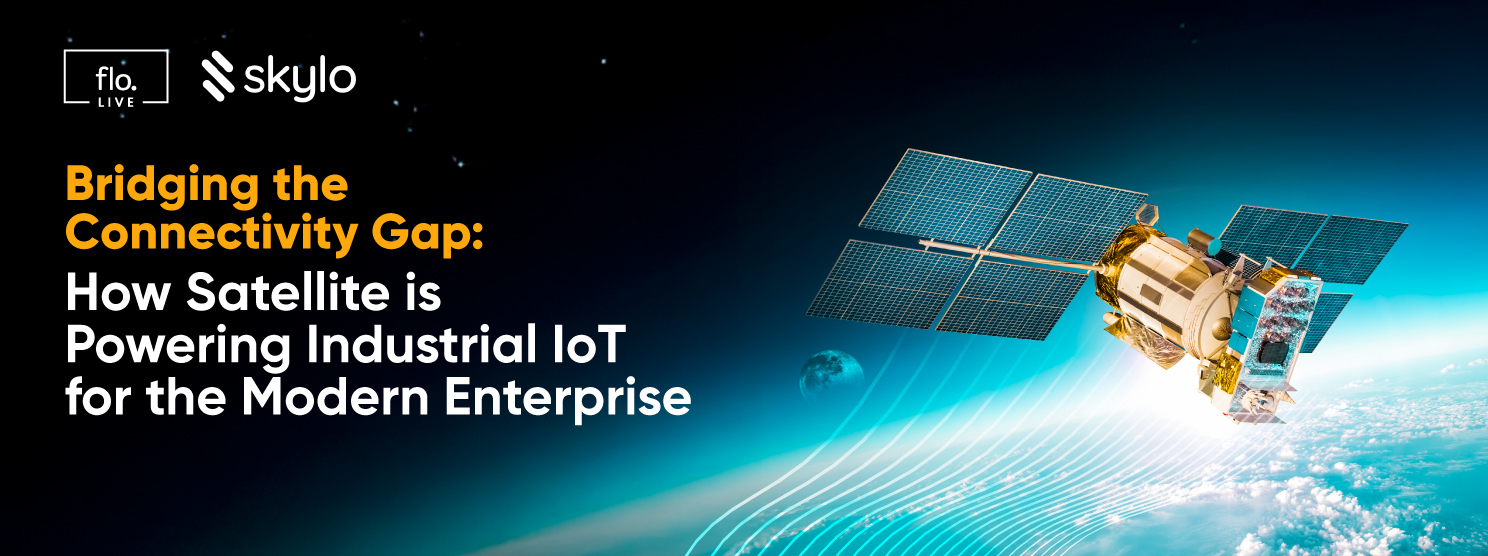Page Contents
Breaking Down the Costs of Connectivity Management Platforms

Page Contents
When you’re choosing a connectivity management platform (CMP) for cellular IoT projects, there are likely to be a lot of items on your wish list.
You need visibility and control to manage devices from anywhere in the world. You want to be able to access IoT data in real-time to manage devices in the field. Flexibility is also key, whether that’s with a customer’s invoice and rate plan, or with the functionality to make changes on your IoT network without causing business disruption.
Somewhere on that list is probably some crossed fingers that your IoT solution comes in under budget. After all – if your management system breaks the bank, how can you get buy-in for more IoT projects or IoT deployments for the long term?
You’re in luck – a holistic CMP doesn’t just offer everything on your wish list, it actually saves you money over thin CMP connectivity technologies, too. Want more convincing to take to the next board meeting? Here are our top three reasons why a holistic CMP for IoT connectivity management saves you zeroes off your bottom line.
License fees
Network operators who offer their core network and BSS functionality for your IoT device connectivity needs will usually continue their original business model which was made for other kinds of cellular connectivity – namely, mobile devices. The way this works is you get a monthly fee for every SIM card or IMSI you need. The license fees add up extremely fast and can be added to a growing list of expenses which include maintenance, support and general operations.
While traditionally users would have had one or two devices, for example a work phone and a home phone, today – IoT users may have thousands of devices in the field, or be signed up to dozens of subscriptions for home sensors, wearables, and more.
Each vendor charging you a monthly license fee per SIM or per IMSI is just not maintainable. Each device generates a tiny amount of data in comparison to mobile phones and tablet devices. (Spoiler alert – no one is watching Netflix on their smart fridge.) When users aren’t using a lot of data, the business can’t generate the same amount of revenue. A platform that is built specifically for the low power market understands this complexity and offers workarounds to ensure you can remain profitable.
To meet IoT needs, something has to change.
Enter the holistic CMP, providing the business with a single monthly subscription fee which covers all devices, including core network and BSS.
Integration costs
This brings us to the next huge cost saving of a holistic connectivity management platform compared to a thin CMP. As the system is pre-integrated, you can’t help but save time and money. (And we’ve heard that time = money. 💁)
With a thin CMP, the third-parties who are supporting the integration need to be paid for their trouble, so it’s obvious from the get-go that a pre-integrated system will save on costs.
However it’s also important to think about the benefits of a no CapEx and all OpEx solution. When you partner with a CMP who is cloud-ready, this means that you don’t need to invest heavily in a solution before you know whether it will be a success. Without tying up capital in getting yourself IoT-ready, this money can be used elsewhere to drive business value.
If your CMP doesn’t come with core network and billing included, you have a three-headed monster to manage. Integrations are known to be complex projects that need multiple stakeholders involved and agreed, and will require granular project management to get from design to production.
Time to market
While on-premises solutions with integration needs generally take 6-9 months to deploy, floLIVE’s cloud-based CMP with inherent core network and billing can be up and running within 4 weeks, with an option of deploying as-a-service.
A typical MNO project where the system is being installed on-premises will generally take a month simply to organize the role and responsibilities. After this, the MNO needs to go to procurement, buy the right hardware, before making sure there is physical room in the data center for your racks. Next, the operating system will need to be installed, alongside the back-end issues of security, VPNs and policy enforcement. Only after all this is handled does the software stage start, where integrations can be put into place.
Faster deployment is quite literally money in your pocket, allowing you to serve customers faster and start generating revenues while your competitors are still unknotting their metaphorical IoT laces.
Join Our Newsletter
Get the latest tips and insights in our monthly newsletter.









